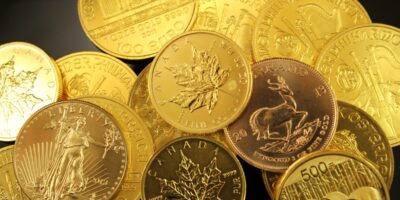Coin collection, often known as numismatics, is the practice of collecting coins or other forms of minted legal tender. This hobby has a rich history that dates back to ancient times and encompasses more than just the accumulation of coins for their face value. Coin collectors, or numismatists, appreciate coins for a variety of reasons including their historical significance, artistic designs, rarity, and the intrinsic value of the metals from which the coins are made.
The art of coin collection can be traced back to kings and nobles of ancient times who collected coins as a symbol of wealth and power. Over time, the hobby has evolved and become accessible to everyone, not just the elite. Today, coin collecting is a popular hobby around the world, enjoyed by individuals of all ages and backgrounds.
There are numerous motivations behind coin collecting. Some collectors are attracted to the historical narratives that coins carry, providing insights into the political, social, and economic conditions of the time they were minted. Others may focus on the aesthetic aspect, collecting coins for their artistic value or unique designs. Additionally, some collectors view coins as an investment, collecting rare and valuable coins that have the potential to appreciate in value over time.
The process of coin collection involves several activities beyond simply acquiring coins. Collectors spend time researching the history and origin of coins, assessing their condition and authenticity, and preserving them properly to maintain their value. This often includes studying catalogues, attending coin shows, joining coin collecting clubs, and participating in discussions and forums with fellow enthusiasts.
Coin collecting can be categorized into several types based on the focus of the collection. Some common types include collecting by theme (e.g., coins featuring historical figures), by country, by time period, or by type of coin (e.g., pennies, nickels, commemorative coins). Collectors might also specialize in error coins, which are coins with minting mistakes that are often valued for their rarity.
The condition of a coin is a critical factor in its value. Collectors often refer to coin grading systems to assess and communicate the condition of their coins. These grading systems evaluate a coin’s state of preservation and overall appearance. Coins can range from ‘Poor’ (barely identifiable) to ‘Mint State’ (perfect condition).
In addition to physical coins, some collectors choose to collect coin-related materials such as old coin catalogues, minting tools, or coin bags, further broadening the scope of numismatics.
For many, coin collecting is more than just a hobby; it is a way to connect with history and a form of art appreciation. It can also be a communal activity that fosters a sense of community among collectors, through club meetings, trade shows, and online forums. This social aspect of coin collecting can be incredibly rewarding as collectors share their passion, knowledge, and experiences with one another.
In conclusion, coin collection is a multifaceted hobby that involves the acquisition, study, and preservation of coins. Whether driven by a passion for history, art, or investment, coin collectors cherish the diverse aspects of their hobby. As they delve into the past, preserve the present, and anticipate the future value of their collections, numismatists continue to keep this ancient practice alive and vibrant.




Leave a Reply